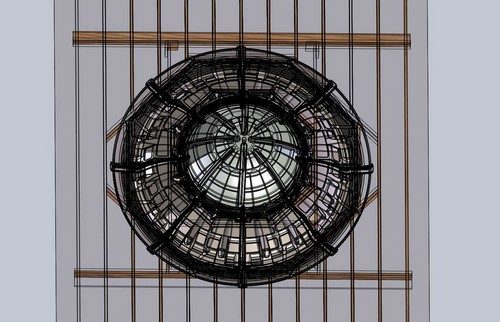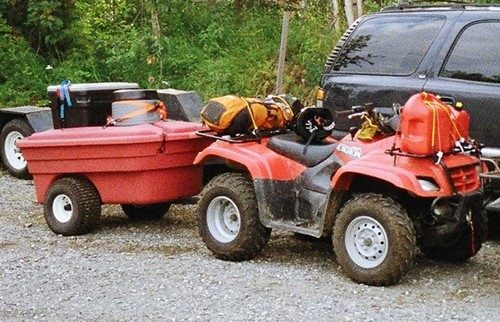
What is Rotational Molding?
There are several processes to create plastic parts .. this article goes into depth answering the question “What is Rotational Molding”? . Plastic processes include; injection, blow, thermoforming, compression and extrusion molding processes to name just a few. The rotational molding process is usually thought of as a process for molding large hollow plastic parts is one among these. It is a much smaller market than say, injection or blow molding, but has its place for producing complex shapes that are repeatable for producing a wide variety of products. The Cozy Coup from Little Tikes or the Mailboxes from Step Two are products that come to mind as being seen all across the US and beyond that are made from rotational molding, also known as rotomolding.
The History of Rotational Molding
Although the Sun Rubber Company is credited with getting the rotational molding process into using plastic, it was documented as far back as 1855 as a molding process to create a metal product. The Sun Rubber Company was producing rubber balls and hot water bottles before using plastic to create hollow doll heads in 1955. These were products that were mass produced and very popular for their time. As you can see, the process isn’t new and has transformed over the years.
The Advantages of Rotational Molding
The advantages to using rotational molding are many. There is the major advantage of creating relatively stress free plastic parts where other processes use stress to create the parts to begin with. Rotational molding has the advantage of being able to incorporate many parts into one. What I mean by this is that you can mold a tank (one part), add a through hole (tube, part two), hinge bosses (part three) and a threaded fill neck (part four). That example is from a solution tank for a floor scrubber. Incorporating these four parts into one molded part obviously saves money and hopefully creates more profit for the person or company that owns and sells the floor scrubber. It also creates a part that is probably stronger and long lasting than an assembly made up of four parts and put together after molding just the tank alone.
The Disadvantages of Rotational Molding
There are some disadvantages to rotational molding that have to be taken into account when choosing the process. As stated before, the rotational molding market is much smaller when compared to injection molding. Because of this, there is less money to be made by the actual resin makers, so there is less research spent on creating new resins for the rotational molding process. The vast majority of rotational molded plastic parts are made with PE or polyethylene. There are different grades of PE such as high density, medium density and low density. Then there are the same densities in linear PE and then on to cross linked PE. The PE market in rotational molding is very large and the different densities and such each have their particular advantages and disadvantages that are used to determine what products they are used for. There are other materials that rotational molding uses such as Nylon and PVC that have their place, but as of yet, there is no ABS that would be of great use to the industry for its particular properties. That is one particular example of a disadvantage, the limited amount of resin materials to choose from.
Need More Information on Rotational Molding?
There are many advantages to choosing the rotational molding process that Blue-Reed, LLC can make you aware of and maximize for you. First off, although some in the rotational molding industry disagree, your designer should know about the resin materials used and coordinate this selection with the molder. The designer needs to know what the molder is capable of molding and what the part may need for strength, looks or durability to the outside environment. Another reason is if FEA, Finite Element Analysis, is needed to be run, the designer needs to know the properties of the resin to know if the resin is the correct choice. This all comes back to money as well. If the designer chooses the wrong plastic, they may be making the part cost more than it needs to. Blue-Reed, LLC can help make the right choice. Blue-Reed, LLC can also run FEA and get the most out of the design features needed to strengthen your part to gain the most from rotational molding
Great links to find used plastic process equipment:
buy used injection molding machine
injection molding equipment for sale
injection molding equipment used
plastic extruder for sale
plastic extruder machine for sale










